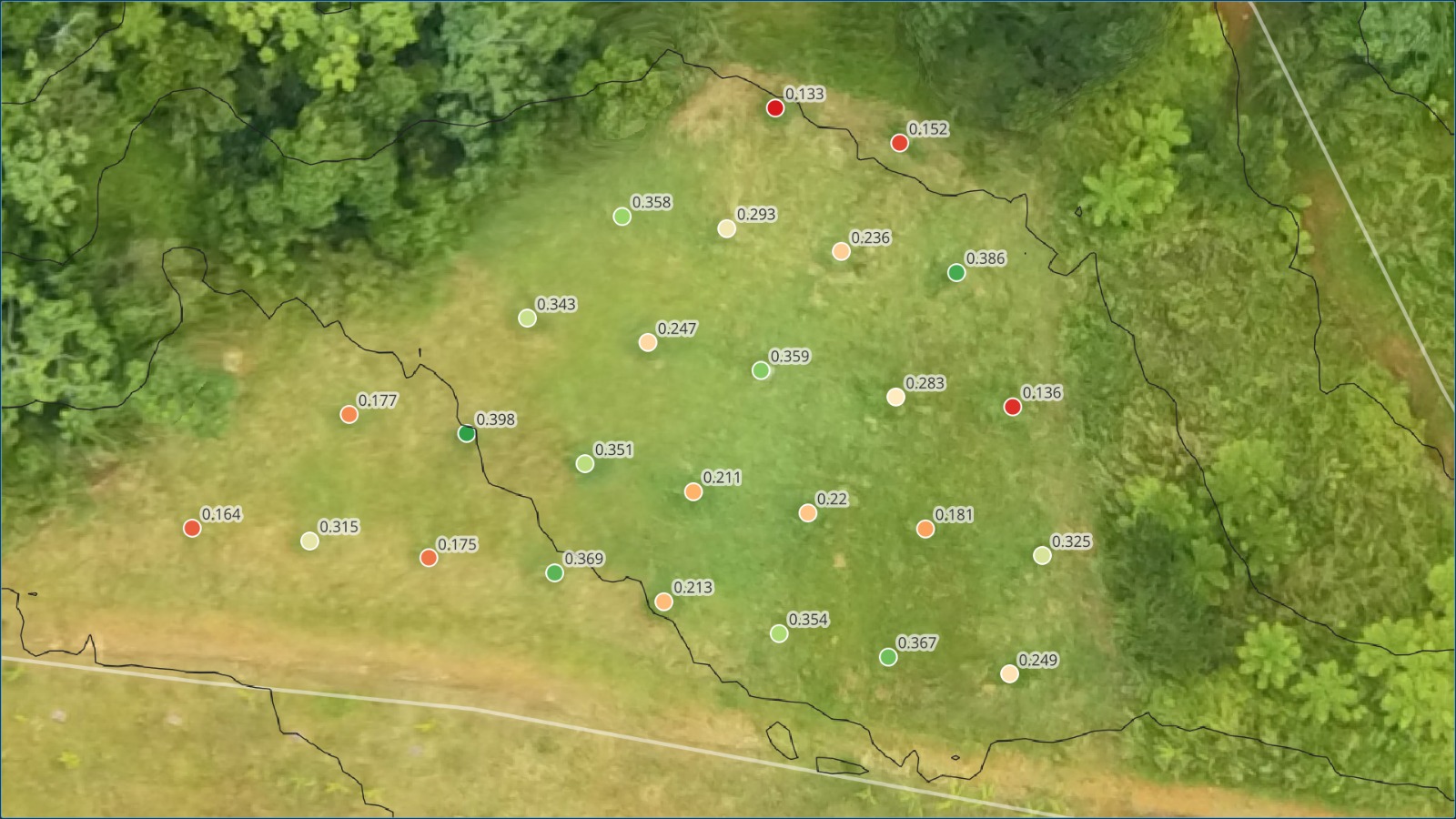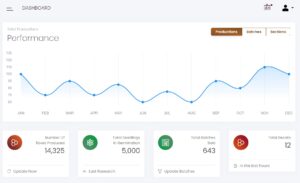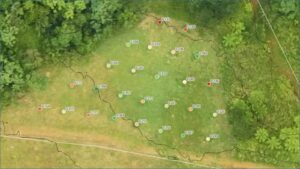Why is data analytics needed on the farm? How are farm analytics improving agribusiness?
Nowadays, data analytics is an important part of operations in every kind of business. Any organization can use data analytics to track production trends and plan for upcoming years, identify the causes of current problems as well as opportunities for new products or markets, better decision making, and more.
This is important to farmers because they are expected to produce food for 7.9 billion people worldwide, a non-trivial task compounded with an ever-changing landscape due to climate change and global dynamics.
Implementation of farm analytics in agriculture
Data-driven agriculture is increasingly solving global problems. Here in Puerto Rico, for example, its implementation is helping farmers deal with environmental and climate factors that could lead to crop losses or decreased productivity.
Getting started
- Collect data:
The first step is to collect data. While this can seem like a daunting task, start small and create the habit. Save time by using sensors and an automated capture platform. Use standardized forms for employees to efficiently log what’s going on in the field. - Data standardization:
By bringing multiple data sets together we can compare, track trends and find unique patterns in your data to help identify better opportunities and potential solutions. In order to be able to merge them, you need to first identify key metrics available in each set - Data cleaning:
After identifying key metrics, the next step would be to find and patch gaps in the data. By ensuring that your data is complete and accurate you will have better trend-spotting and decision-making capabilities. - External data:
Bringing external data such as soil and plant tissue analysis results, weather, and up-to-date aerial imagery, you will improve your production forecasting and be empowered to identify potential threats to your operations. Agriculture is never a closed system; quite the contrary in most cases.
Environmental context is key to understanding what is really going on. - Data visualization and analysis:
Visualizing the data that you collect will help you add value to your farm’s operations and end products. This is probably one of the most important steps, as it is usually the only means we have for communicating what’s going on with other stakeholders.
Farm analytics help farmers make more informed decisions, save time and money, and have new business opportunities.
Meeting growing food demand in Puerto Rico is now more critical than ever, especially taking rising shipping and importation costs into consideration. Farm analytics provides insight and turns a bunch of data into useful information that can be geared toward meeting growing demand. Guariké is capable of processing and analyzing farm data, both historical and current, to help you reach your desired outcome. Contact us today to find out how we can help you reach your agribusiness goals.



